The Most Important Restaurants of the Decade
Restaurants have never been just about what's on the plate, and in the 2010s, the recipe became even more complex. Instagram launched in 2010, opening a radical new dialogue between diners and restaurateurs, and spawning endless lines to snag iconic shots of Cronuts, ramen burgers, and sorrel pesto rice bowls. As the decade progressed, reservation and payment apps democratized the dining-out process—you no longer had to know a guy to nab a table—while an increasingly fraught political climate led consumers across all industries to take a closer look at just who that guy was, and what they were supporting with their hard-earned cash (or possibly Apple Pay). The places on this list, in their own wildly different ways, challenged longstanding notions of what a restaurant could be and who got to run one, and whet our palates for the next course. Here they are, ranked in the order in which they opened.
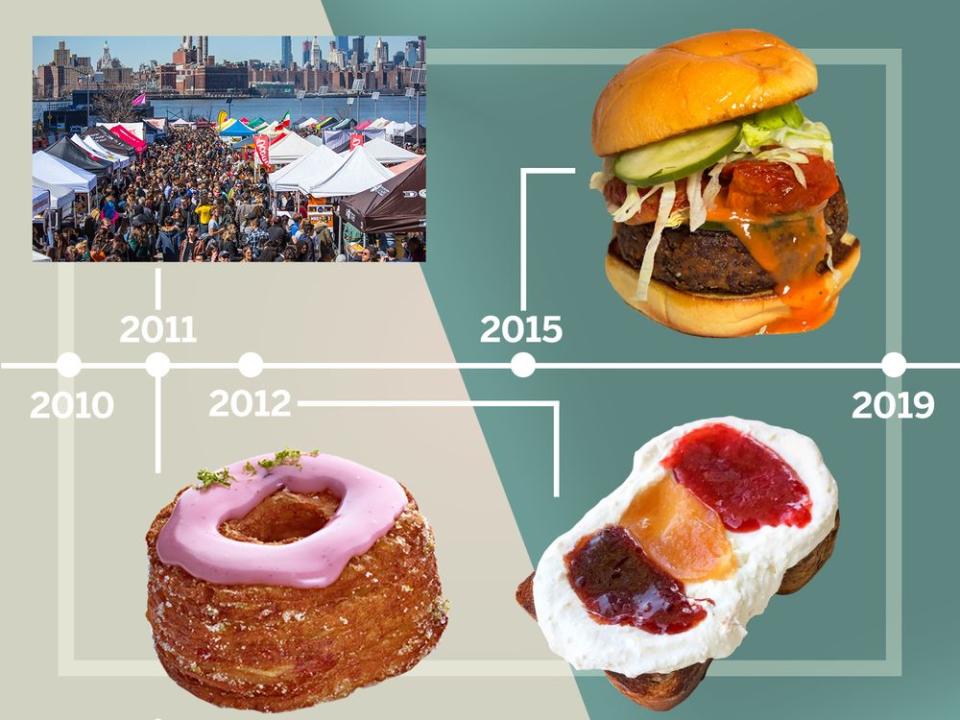
@ashleeism (Sqirl Ricotta Toast)" />
Husk, Charleston, 2010
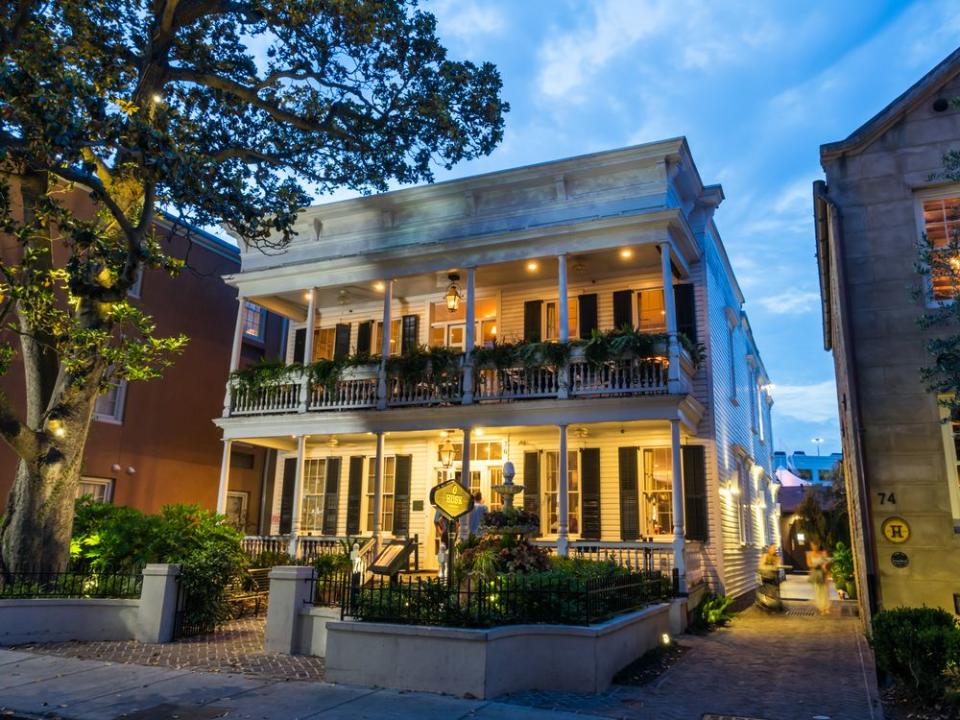
"If it's not from the South, it's not coming through the door." Sean Brock surely wasn't the first chef to focus on Southern ingredients—especially vegetables—but his doctrinaire approach had never been quite so spelled out, especially in a fine-dining restaurant. It was a gamble (and Brock admits, a source of stress sometimes), but the reverence for and spotlight on the region's products heralded a new era for Southern restaurants, as well as fresh focus for chefs and growers, and a renewed pride in a cuisine that had long been unfairly dismissed and marginalized by folks who hadn't yet heard the gospel. —Kat Kinsman, Senior Editor
Benu, San Francisco, 2010
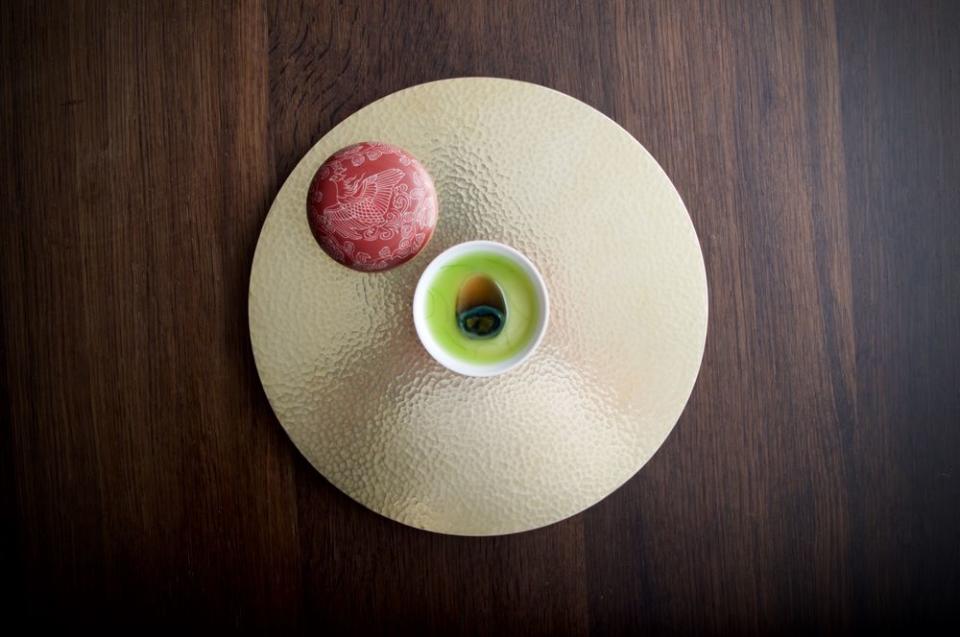
From the day it opened in 2010, chef Corey Lee’s Benu was greeted with accolades. Lee, formerly chef de cuisine at The French Laundry under Thomas Keller, combined that restaurant’s micro-attention to technique and detail (and multi-course tasting menu) with influences drawn from a palette of Asian influences and ingredients. Groundbreaking at the time, Lee’s food now feels prescient; ditto the restaurant’s serene, elegant design with its black, white, and grey hues—a now much-replicated Japanese-ryokan-meets-The Matrix vibe. Yet it also feels as though Benu helped usher in the era of San Francisco ultra-high-priced destination restaurants: the menu, with its included service charge, runs $390 per person. Eating at Benu is an amazing experience, but “sell your tech startup first” might be useful advice. —Ray Isle, Executive Wine Editor
Vedge, Philadelphia, 2011
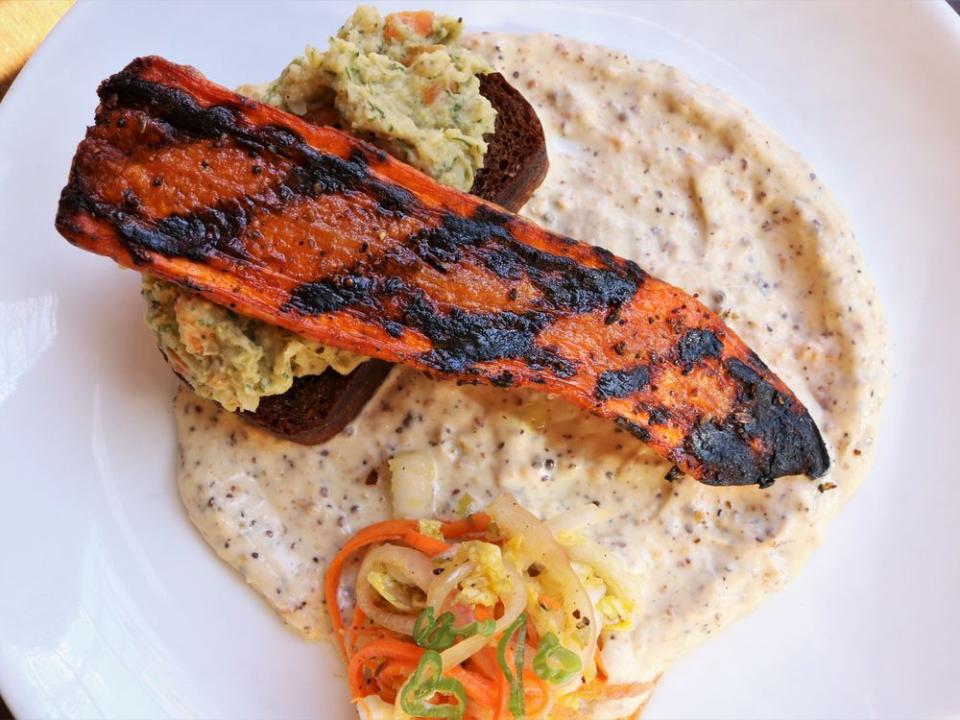
The expressions “plant-based” and “vegetable-focused” feel borderline cliché at this point, but that wasn’t always true, especially not in the elevated dining space, where patrons historically expect steep checks to include showy meats, or at the very least caviar. At Vedge, husband-wife chef team Kate Jacoby and Rich Landau made it dangerously easy to justify spending lots of money on vegetables—with surprising dishes like a giant wood-roasted carrot that easily rivals any steak, broccolini “carbonara” made with Israeli couscous, and a luxurious rutabaga fondue. Jacoby and Landau, who helped pioneer this new mode of plant-based dining back in the ‘90s with Horizons, cracked a new level of visibility with the critical success of Vedge. —Maria Yagoda, Digital Restaurant Editor
Next, Chicago, 2011

While it's still not commonplace to pre-pay for a dinner seating (tip included, of course), the shock is nowhere near as seismic as when Alinea Group partners Nick Kokonas and Grant Achatz launched the Tock ticketing system at their innovative, ever-changing Next. It's restaurant as theatrical hall, completely reinventing both menu and experience every four months—an homage to the dishes of childhood and then poof, all grown up at El Bulli—and called for an equally thoughtful booking system to eliminate no-shows (and the cost of reservationists) and plot the meals' choreography to the nth degree. From this timed ticketing system, the Tock suite of hospitality tools evolved, allowing subscribing restaurants from around the world to seamlessly manage guests' experiences behind the scenes, freeing them up to simply enjoy the show. —K.K.
Dominique Ansel Bakery, New York City, 2011
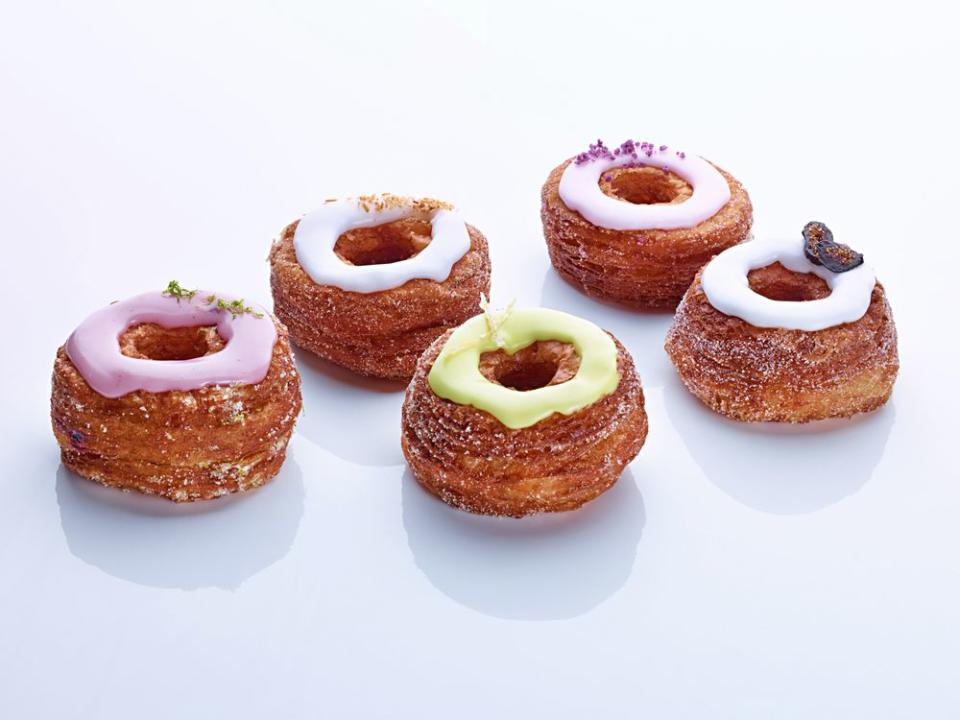
Nowadays we associate Instagram food with eye-catching gimmicks, like cynical milkshakes with foot-high candy garnish, or “pizzadillas” and other upsetting hybrids. But in 2013, when classically trained French pastry chef Dominique Ansel dropped the cronut—a gorgeous, flaky croissant-doughnut mashup—he launched a social media and real-life frenzy (those lines!) that many have tried to approximate, but no one has quite replicated. Far from a one-hit wonder, Ansel’s vital New York bakery—and his growing string of restaurants—provide some of the finest examples of American pastry today, while proving pastry chefs can be superstars, too. While perhaps the cronut is to thank for Ansel’s ascension to national stardom, but his ingenuity sustained it. —M.Y.
Smorgasburg, New York City, 2011
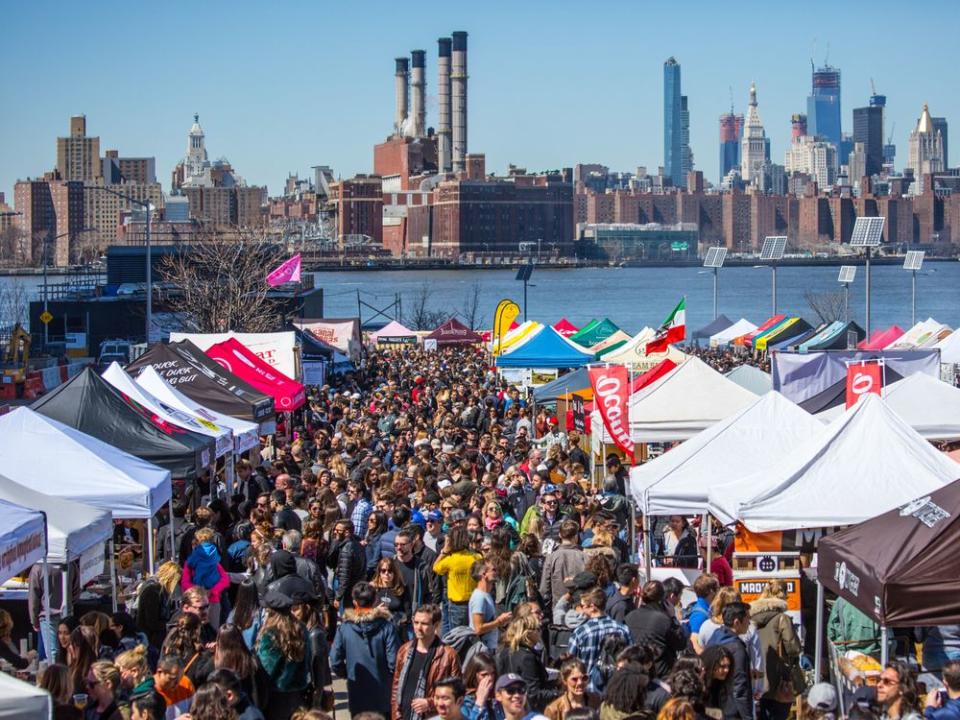
Why is this on a list of influential restaurants? What Smorgasburg lacks in being an actual restaurant, it makes up for in world domination. The outdoor market in Williamsburg, Brooklyn, has become a food-stall empire with outposts in Washington, D.C., and Los Angeles, and annual pop-ups in Brazil and Japan. The popularity and money-making potential of other similar markets have undoubtedly helped fuel the food-hall trend in New York and other U.S. cities. It’s enabled small purveyors in expensive cities to gain fans and Instagram clout for much less money than opening their own spot would require. So, should it be in this story? Any operation that produced those lines for water cakes and ramen burgers shouldn’t be ignored. —Ryan Grim, Digital Executive Editor
Sqirl, Los Angeles, 2012
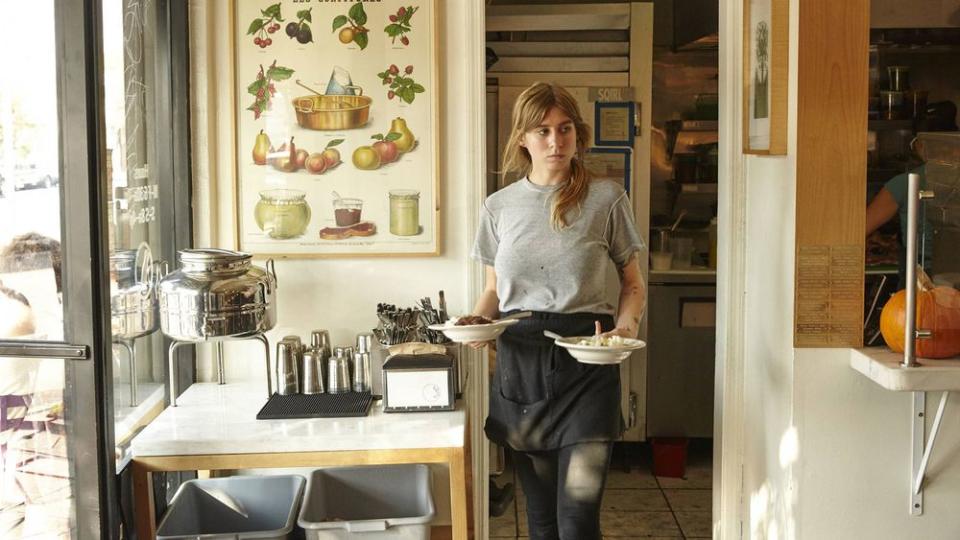
There is no restaurant that better embodies the ethos of modern California cooking—highly seasonal, deeply colorful, produce-heavy, simple-but-not—than Sqirl. The restaurant’s menu of crispy rice bowls and thick toasts dripping with thick dollops of ricotta and fresh jams has kept people lining up down the block since 2012 and has launched a thousand copy cats nationwide since. Chef Jessica Koslow made it cool to keep things effortless and unfussy—though a closer look at her dishes reveals a chef with an arsenal of skills, like fermentation and pickling. It’s food that feels healthful, fresh, and sunny, as if you are eating the benefits of an L.A. lifestyle without having to actually take any of the yoga classes or suck down any of the green juice. —Khushbu Shah, Restaurant Editor
Superiority Burger, New York City, 2015
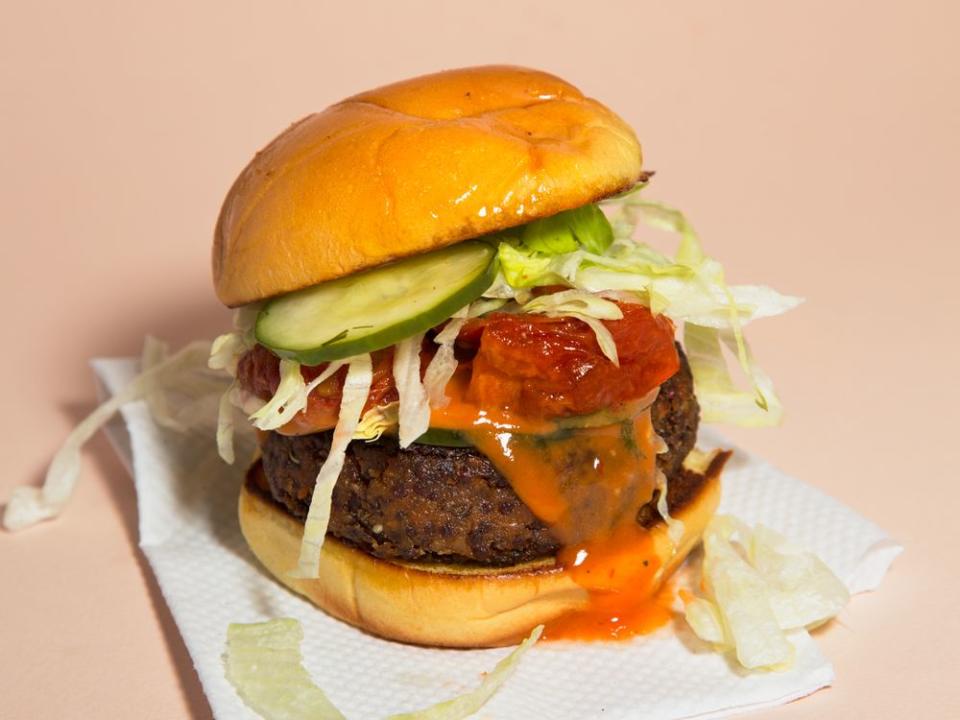
Brooks Headley had a laser-focused mission, succeeded wildly at it, and made the restaurant world a better place. Six years ago, he was an award-winning pastry chef who would make veggie burgers just for kicks. Then he did a veggie-burger pop-up, which eventually became a six-seat East Village institution with groups of people always eating outside. It’s not like Headley invented plant-based fast food, but he’s the best at it, and he’s influenced so many other concepts in the past few years. The Superiority staff never stops churning out experimental vegan hits, like their Italian hoagie, cold pizza salad, and tahini ranch romaine salad. Last year, Headley thought it’d be cool to get intensely into focaccia and sell it only on Fridays. May this place stay open for a thousand years. —R.G.
Bad Saint, Washington, D.C., 2015
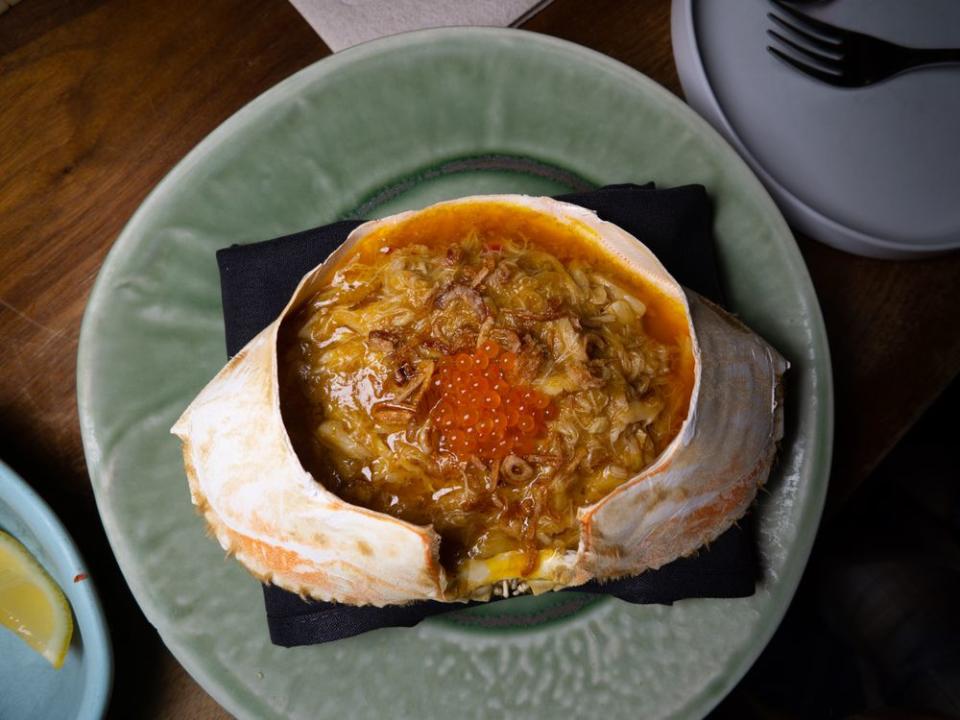
For years, experts like Andrew Zimmern and Anthony Bourdain shouted from the rafters that Filipino food was going to be “the next big thing” in America. That sisig and pancit would be as common at the dinner table as burritos and sushi are now. While the day that Filipino food gets its proper due has yet to come, one restaurant has demonstrated that the cuisine is ready for the national stage: D.C.’s Bad Saint. Out of a tiny (and we mean tiny, they aren’t able to accommodate parties larger than 4) space in a quaint residential neighborhood, Chef Tom Cunanan is churning out brash, flavorful cooking that delivers a punch of vinegar or a slap of acid in every bite. The cooking is truly of the flavor-to-the-face variety, and the unapologetic but nuanced dishes that mix both homestyle Filipino cooking and local ingredients have earned Bad Saint nearly every accolade possible: The top of several best restaurants lists, a James Beard award, and more. But the real accolade is that people continue to line up for hours down the block since the restaurant opened in 2015. —K.S.
The Grey, Savannah, Georgia, 2015
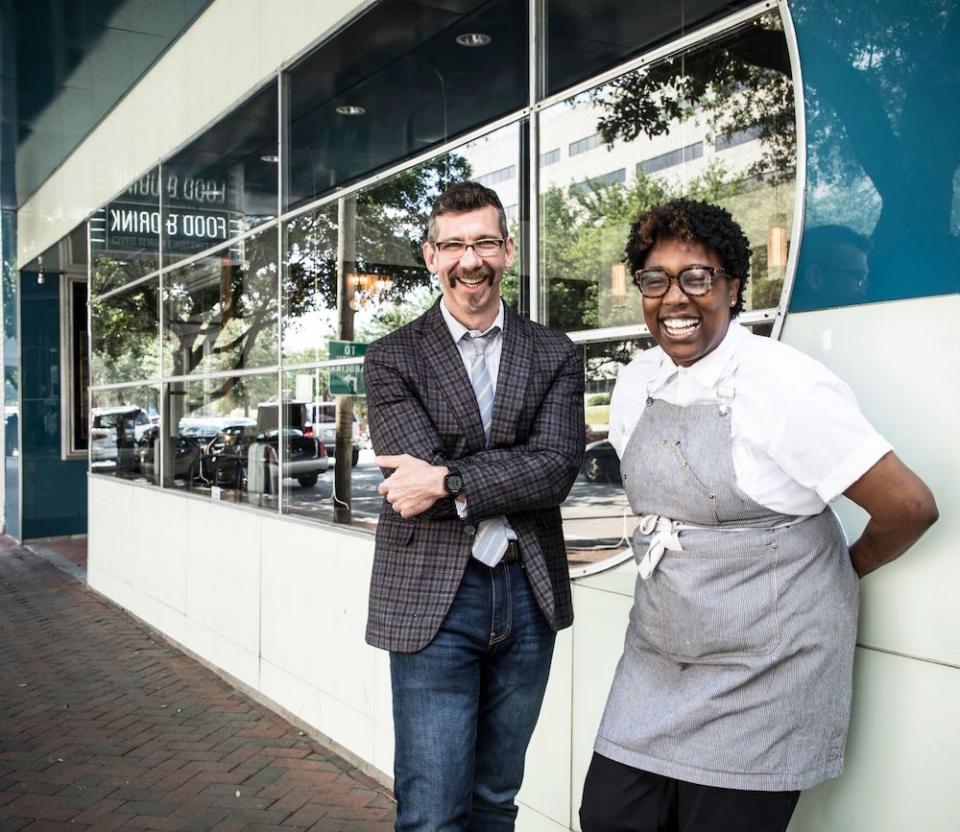
Walk into The Grey (assuming you can score a reservation after its team's numerous accolades, including a spot on our World's Best Restaurants list) and you'll find a Bronx-born fine-dining-trained Black woman cooking African-influenced seasonal Southern food in an exquisitely refurbished Greyhound bus station where just a few decades prior, she and her white, male business partner would not have been allowed to coexist in the same waiting area. The alliance of Mashama Bailey and Johno Morisano was, they admit, cautious at first, but has blossomed into a stunning force for hospitality and grace in fractious times. The food's damn good, too. —K.K.
Turkey and the Wolf, New Orleans, 2016
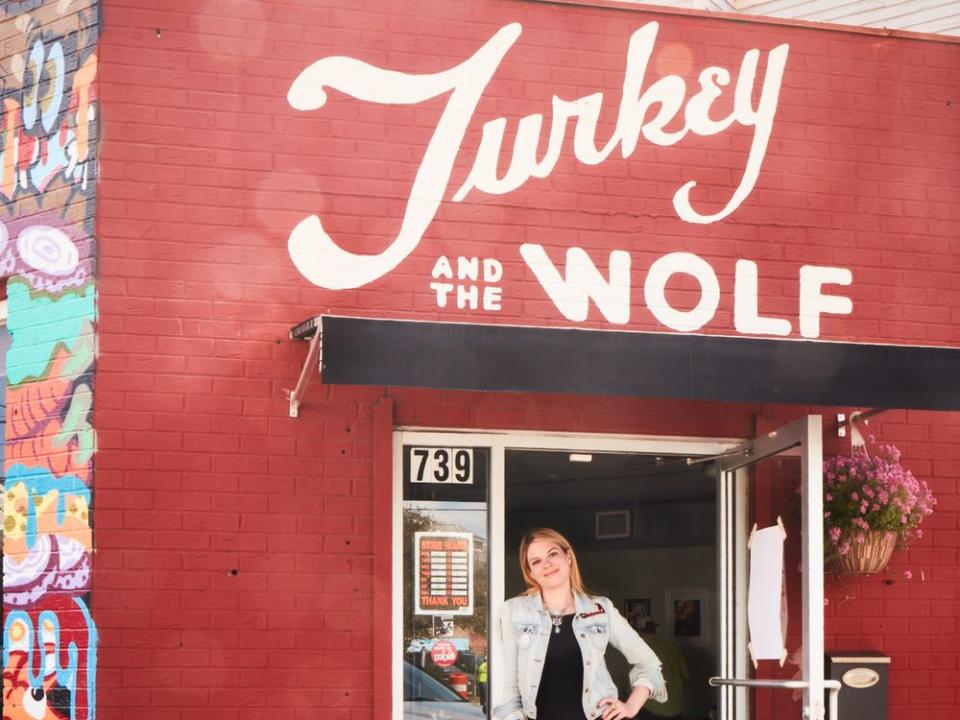
The descriptor most frequently deployed for Turkey and the Wolf's cuisine is "stoner" and sure, a Grimace plate below your collard green melt or fried bologna sandwich might underscore that notion. But when it earned a berth in Food & Wine, Bon Appetit, and Eater's Best New Restaurants lists and a semifinalist nod from the James Beard Foundation in 2017, the message was clear: this goofy-ass place is seriously excellent. New Orleans reveres its sandwiches, as do chef-owner Mason Hereford and team, but what makes this Irish Channel iconoclast so noteworthy is its gleeful balance of high-end chef techniques, international culinary mash-ups, and just plain fun. —K.K.
Rodney Scott's BBQ, Charleston, 2018
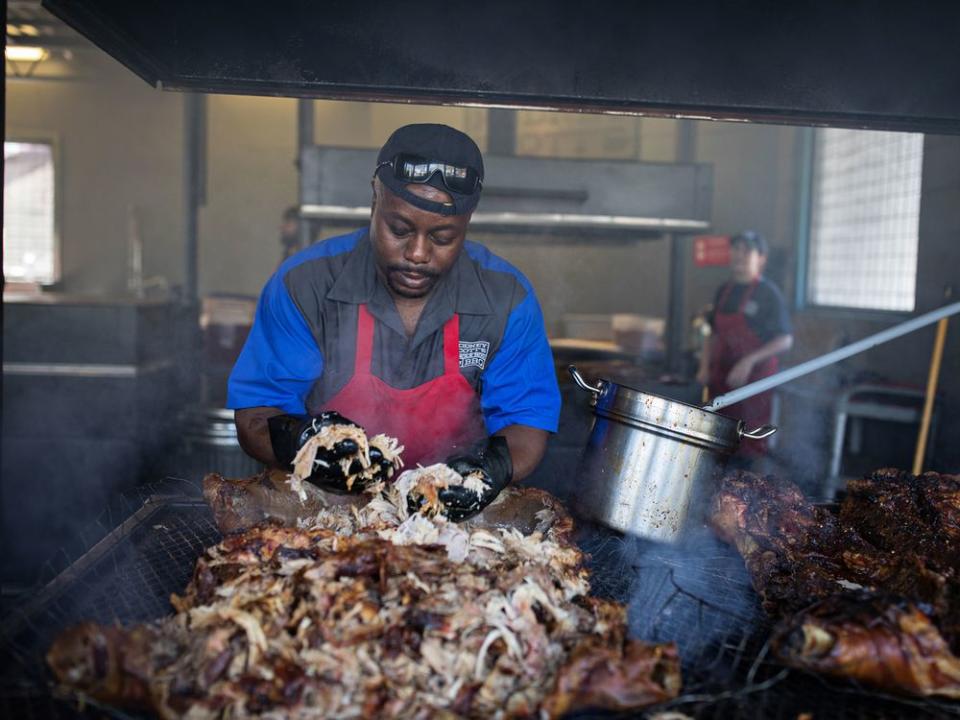
Barbecue is one of the best things America ever did, and Rodney Scott is one of the best to ever do it. The South Carolina whole hog master, who opened a brick-and-mortar location in Charleston in 2018, not only makes some of the best pig in the country, but he has also helped revive and elevate the deeply sophisticated, mostly rural art of smoked whole hog. His Charleston counter service restaurant made a national impact, earning him a James Beard Award for Best Chef: Southeast (he’s only the second pitmaster to ever win a Beard award). While there’s chatter that Scott may one day open in New York, he’s proved the vitality and impact of staying put and being the best. —M.Y.
LocoL, Los Angeles, 2018
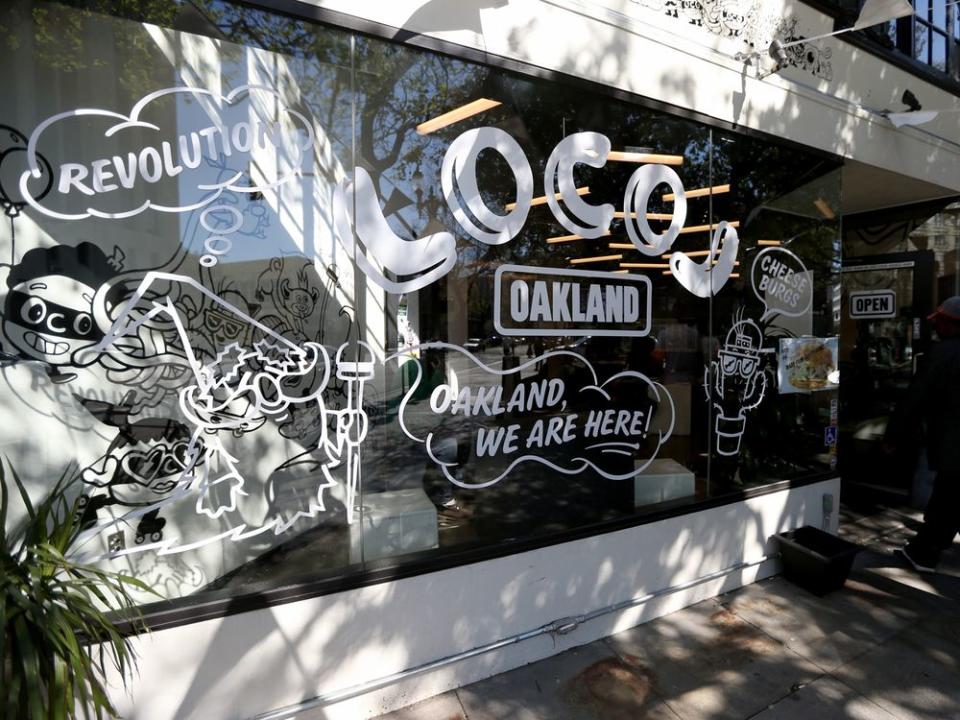
LocoL was Kogi chef Roy Choi’s fast-food project in the underserved L.A. neighborhood of Watts, with the aim of providing good, accessible food and jobs to the community. The late critic Jonathan Gold wrote a front page story on the 2016 opening, saying that Choi and his partner Daniel Patterson “aim to do nothing less than revolutionize the system of fast food in America.” After the restaurant and its San Jose outpost closed in 2018, following Oakland closures, Choi told us that LocoL couldn’t sustain the retail component or find investors, but that didn’t mean it was over. “LocoL was always a movement,” he said. “The extension of that movement as a retail fast-food counter was one facet of the movement. But the movement keeps moving.” In many ways, LocoL anticipated—and potentially offers a blueprint for—a new type of socially conscious restaurant that engages with its community in a meaningful way. —M.Y.

